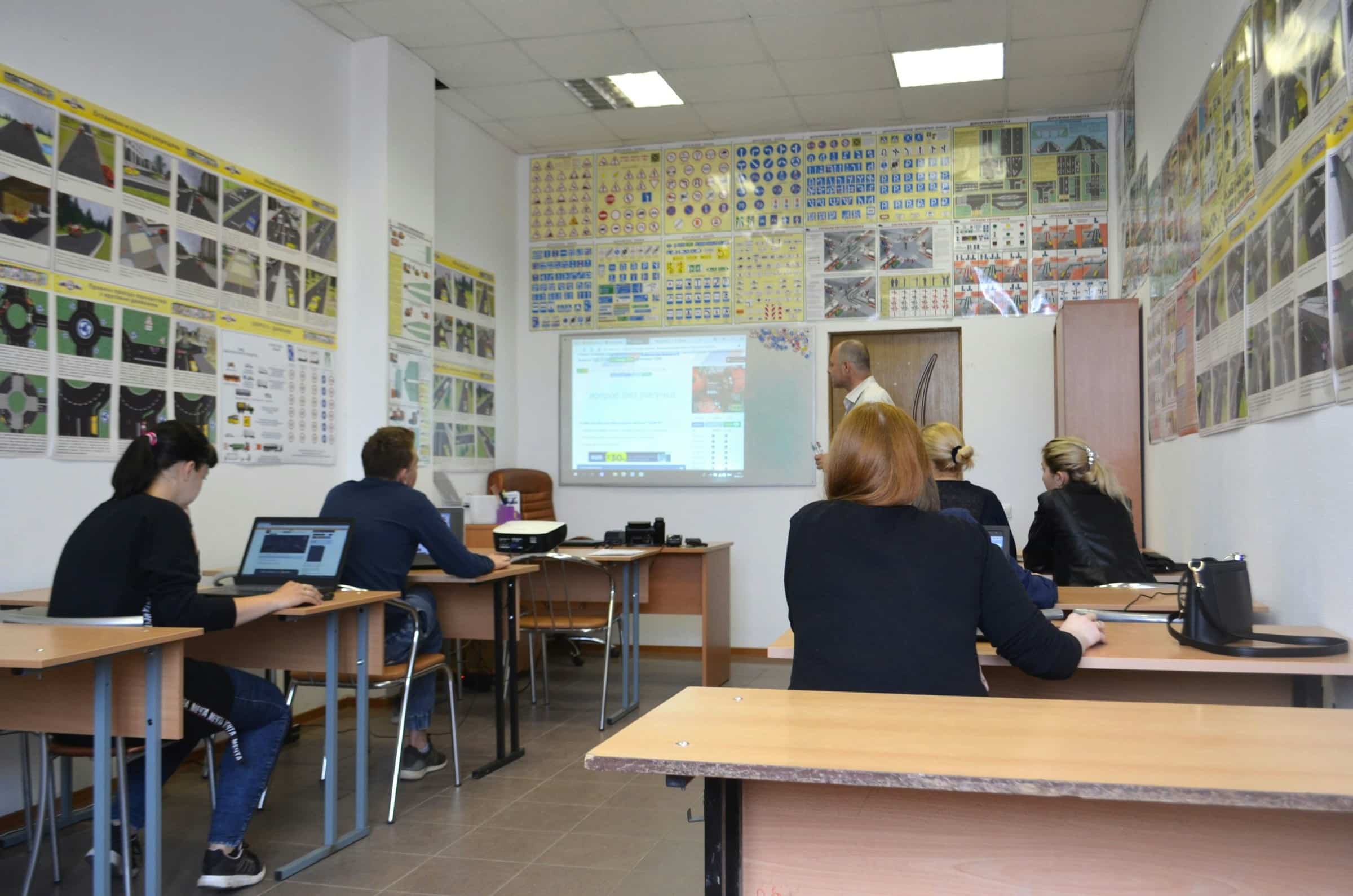How Is AI Being Used to Personalize Learning Experiences for Students with Autism?

As we venture into the realm of artificial intelligence (AI), we are witnessing a transformation in various sectors, including education. This technology hasn’t shied away from embracing inclusivity and diversity, proving to be a boon for individuals on the autism spectrum. AI’s capability to provide personalized learning experiences is proving invaluable for students with autism, aiding them to navigate their unique learning paths. As we examine this technological revolution, we’ll delve into how AI is shaping the educational landscape for those with autism, making learning more accessible and engaging.
AI Support for Social and Communication Skills
One of the primary impediments for students with autism is the difficulty they face in social interaction and communication. AI has stepped in to offer effective solutions for these challenges, evolving into a tool that enhances these vital life skills.
Sujet a lire : How Can VR Immersive Therapies Aid in Treating Post-Traumatic Stress Disorder (PTSD)?
AI-driven tools and apps are designed to improve social interaction and communication by providing personalized, real-time feedback. These tools use data gathered from students’ behaviors and responses to create a unique user profile, enabling the software to adapt to the individual’s needs.
For instance, apps incorporating AI can simulate social scenarios that teach children to interpret facial expressions, understand emotions, and respond appropriately. This revolutionary technology offers a safe and controlled environment for children with autism to practice and develop their social skills.
A lire aussi : How to track and optimize conversions generated by a chatbot?
Personalized Learning Strategies with AI
Every student learns at a different pace and in a different way, especially those with autism. AI innovations are making great strides in providing personalized learning experiences that cater to the unique needs of these students.
AI-based learning platforms utilize a commendable approach. They analyze a vast amount of scholar data, including learning patterns, strengths, and areas of struggle. With these insights, AI can tailor instruction methods to suit each learner’s preferences and capacities.
For example, if a student excels in visual learning, AI can present information primarily through images and videos. Conversely, if a student struggles with math, AI can provide additional resources and practice problems to reinforce these skills. This tailored approach aids in bolstering the learning experience while reducing the stress that can come with traditional classroom learning.
AI and Crossref: Facilitating Data-Driven Education
In an increasingly digital era, the importance of crossref in the educational sector cannot be understated. Crossref, an organization providing effective scholarly infrastructure, works in unison with AI to amplify the benefits of data-based learning for students with autism.
AI integrates Crossref metadata, which includes scholarly data like academic journals and research articles. This integration allows AI to make informed decisions, creating a more personalized and efficient learning experience. This process, though complex, enhances the value of data-driven education, providing a richer learning environment for students on the autism spectrum.
Encouraging Independent Learning through AI
For students with autism, achieving a degree of independence in their learning can be a significant milestone. AI technologies are emerging as powerful tools that support this independence, fostering confidence and autonomy among these students.
AI-powered learning tools often come with features like text-to-speech, speech-to-text, and predictive text functionalities. These features aid in reading and writing activities, making learning more accessible and manageable. AI also offers interactive learning experiences with personalized feedback, enabling students to learn and progress at their own pace.
Enhancing Education with the Support of AI
The widespread adoption of AI in the field of education is an undeniable testament to its potential. It’s not just about fancy gadgets or complex algorithms; it’s about harnessing this technology to ensure that every child, including those with autism, has access to a quality education that caters to their individual needs.
AI’s ability to adapt, learn and personalize makes it an ideal tool for students with autism. By analyzing the student’s behavior and responses, AI can provide a tailored educational experience, facilitating better communication, social interaction, and independent learning.
As AI continues to evolve, so does its potential to revolutionize education for students with autism. This surge in AI-driven learning tools indicates a promising future, one where every student, regardless of their learning capabilities or neurological makeup, can experience a personalized, engaging, and effective education.
Ethical Considerations in AI for Autism Education
The use of AI in providing personalized learning experiences for students with autism does not come without its share of ethical considerations. One of the main points of contention revolves around privacy and data protection. AI tools used in education often require vast amounts of personal data to function effectively. As such, questions arise about what happens to this data, how it’s used, who has access to it, and how long it’s stored.
Moreover, there are concerns about machine learning being used to make predictions about a student’s future behavior or abilities, which could lead to labeling or stigmatization. It’s essential that the use of AI in autism education is guided by a strong ethical framework that respects the privacy and dignity of individuals with autism.
While these tools can be incredibly beneficial, it’s equally important to ensure they are used responsibly. This means that educators and parents need to be well-informed about the technology they are using, its benefits and potential risks. Furthermore, regulatory bodies need to enforce strict data protection standards to ensure that sensitive data is handled with the utmost care.
Inclusion and Accessibility: Role of AI in Special Education
The increasing prevalence of AI in special education is a testament to the technology’s potential to increase inclusivity and accessibility. By catering to the unique learning needs of students with autism, the technology allows them to engage with the curriculum in a way that was not previously possible.
AI-driven tools can adapt teaching methods to suit individual learning styles, making learning more accessible for students with autism. These technologies can also provide opportunities for social interaction and communication, which are often challenging areas for these individuals.
However, it’s crucial that while we harness the power of AI to enhance education, we also remember the need for human interaction. The value of a supportive teacher or a caring parent cannot be replaced by any technology. Therefore, it’s necessary to strike a balance.
AI should be viewed as an assistive technology, designed to supplement traditional teaching methods, not replace them. It can provide valuable support for students with autism, but it cannot provide the human touch which is so essential to learning and development.
Conclusion: The Future of AI in Autism Education
As we continue to explore the potential of artificial intelligence, we need to ensure that we are using this powerful tool in a way that is ethical, responsible, and beneficial for all students, including those with autism.
AI offers enormous potential in the world of autism education. From developing social skills to facilitating independent learning, the benefits are clear. However, it’s important that as we continue to develop and deploy these tools, we do so with care and consideration, always keeping the needs and rights of the students at the forefront.
Indeed, the future of education for students on the autism spectrum seems brighter with the advent of AI. However, it’s crucial that we navigate this future with caution, taking into account ethical considerations and the importance of maintaining a human touch in education.
Ultimately, AI’s role in autism education is about ensuring that each and every student has the opportunity to learn in a way that suits them best. It’s about creating an inclusive educational environment that respects and caters to neurodiversity. If we can achieve this, then we can look forward to a future where all students, regardless of their neurological makeup, can thrive.
